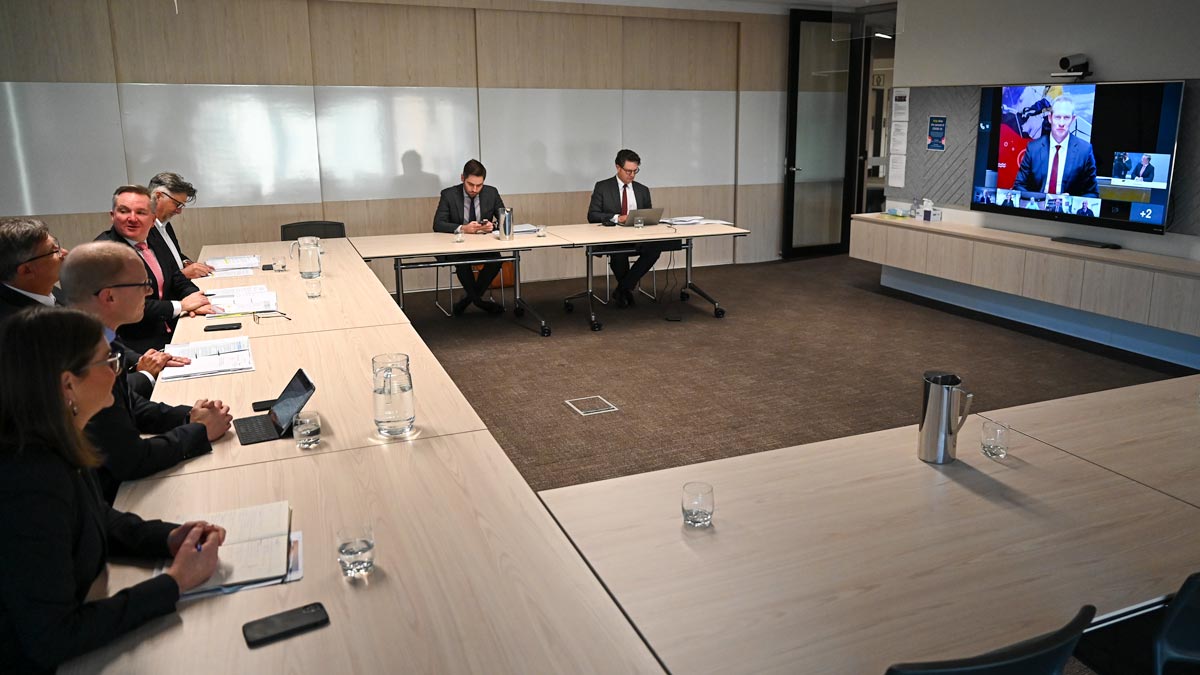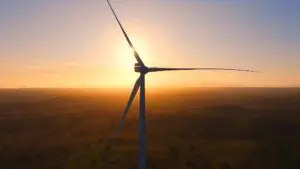Energy ministers have agreed to progress designs for a new capacity mechanism within Australia’s main electricity market and have tasked energy market regulators with preparing a “supercharged” Integrated System Plan to guide broader aspects of the energy transition.
Federal, state and territory energy ministers met virtually on Wednesday afternoon, convened by the new federal minister Chris Bowen, to consider the potential actions that can be taken in response to an emerging crisis in Australian electricity and gas markets.
Speaking to media in Sydney following the meeting, Bowen said energy ministers had unanimously agreed to support the ongoing development of a new capacity mechanism “at pace”, with work to be led by the AEMC and the Energy Security Board.
The capacity mechanism, which has been proposed as part of a redesign of the National Electricity Market being undertaken by the Energy Security Board, has proven controversial given its potential to provide financial support to ailing fossil fuel generators and delay their closure.
Bowen insisted that any potential capacity mechanism should be focused on supporting new technologies, such as battery storage and pumped hydro energy storage, rather than propping up ageing coal and gas generators.
Ministers agreed that the energy market bodies should progress work on a design of a capacity mechanism, with ministers expected to consider potential design options at its next meeting, which is expected to occur next month.
Bowen added that ministers also agreed to work towards creating a ‘National Transition Plan’, which he described as a “supercharged” Integrated System Plan, with a broader scope to consider changes in other parts of the energy market, including the development of a hydrogen industry.
“We need more transmission. We need more renewables. We need more storage. Now we have the integrated systems plan in Australia,” Bowen said.
“Which was which is a world’s best practice document in relation to energy to electricity transmission, about poles and wires and big transmission across the country. That’s a world-class document.”
The communique from today's Energy Ministers Meeting has been published.
"Energy Ministers acknowledged the current challenges facing the east-coast energy market are significant but provide an opportunity for the Commonwealth, states and territories to work collaboratively." pic.twitter.com/h1hqBeqtdK
— Michael Mazengarb (@MichaelM_ACT) June 8, 2022
Bowen said ministers agreed progress work on 11 matters, including to empower the Australian Energy Market Operator with the ability to purchase and store gas, for release during market emergency situations.
Australian electricity and gas prices have surged to extreme highs in recent months, despite Australia being a major global producer of gas, as global disruption has put pressure on international markets.
AEMO’s new powers would be separate from any potential gas reservation policy, which has been floated as a way to reduce Australia’s domestic gas prices, with ministers still considering whether such an intervention in the gas market would be appropriate.
“There’s storage facilities around the country. We agreed to work to give AEMO that power and to give them that power expeditiously,” Bowen said.
“Again, that won’t work today, but it will give us the capacity and the tools necessary to manage this crisis going forward. And to avoid crises like this into the future.”
In their communique, ministers said there was “no silver bullet” to solving the current crisis impacting energy markets.
“While there is no silver bullet to resolve the current and varied issues, Energy Ministers noted the actions which have already been taken by industry and market bodies, including AEMO invoking the Gas Supply Guarantee to increase gas flows from Queensland LNG producers to domestic markets,” the communique says.
The meeting marked a return to a much more collegiate style of energy ministers’ meetings, which had become much more adversarial under the former Morrison government, which had led to several jurisdictions opting to carve their own path on energy market reform.
It also marked the return of the energy market bodies, including the heads of AEMO, the AEMC, AER and the Energy Security Board as formal participants.
“While the focus of the meeting was on the current pricing challenges, Energy Ministers reinforced the critical importance of a sensible, considered reform agenda for the medium to longer term, to position the sector to be more resilient and able to navigate future global or domestic challenges to ensure a secure energy sector that will underpin a modern and low carbon economy, including hydrogen,” the joint communique issued by ministers says.
“Against this backdrop, and in a new era of cooperation and collaboration, Energy Ministers agreed the time is right to work together on a new agreement to set the vision for Australia’s energy sector transition to net zero.”
“Energy Ministers have trust in the energy market bodies who operate and regulate the system, and will continue to receive regular briefings as the situation progresses.”
Under the Morrison government, energy ministers’ meetings were convened under the ‘National Cabinet’ system established during the Covid-19 pandemic.
This enabled former federal energy minister Angus Taylor to exert significant control over the conduct of meetings, including by excluding the energy market bodies and binding state and territory ministers to a form of ‘cabinet confidentiality’.
Bowen noted the unanimous agreement that was able to be achieved at Wednesday’s meeting, which included energy ministers drawn from Labor, Liberal and the Greens.
“This meeting was never designed to solve all the problems in one go, but it does give us more tools, and gives the regulators more tools, to do the work that is necessary,” Bowen said.
“We received very important and useful briefings from regulators about the tools they would like and we agreed to give them those tools.”








